Pancit Bihon Guisado
As an Amazon Associate and member of other affiliate programs, I earn from qualifying purchases.
Igisa mo lang lahat” (just sauté it altogether) were cooking instructions I heard my mom say when she talked about the classic Filipino Pancit Bihon Guisado recipe with my aunts back in the Philippines. Guisado (say ‘gih- sah- doh’) comes from the word “gisa”, which means ‘to sauté’ in Pilipino. Pancit Bihon Guisado is a Filipino sautéed rice noodles dish that has little slivers of pork, chicken, shrimp bits cooked together with sliced assorted vegetables. A sprinkling of calamansi (the Filipino lime) or lemon and fish sauce are added at the end of cooking, giving the noodle sauté the savory Asian combination of flavors.
When Filipinos celebrate birthdays, often we make sure there are noodles or pasta on the menu to symbolize long life and prosperity. It was my son Toby’s birthday last Friday, so a platter of this popular noodle dish was in order.
Like other ‘pancit’ (say “panh – seet’) dishes I have cooked, historians cited it was the Chinese that put noodles on our Filipino menu, long before Spain colonized us in the 16th century. “We all know that it was the Chinese who brought pancit or noodles to our shores…” (from “Pinoy Umami: The Heart of Philippine Cuisine “2009).
Most Asian dishes are made like this. Meat is a pricey ingredient in Asia, so it is sliced thin and small, but flavored robustly to make it unforgettable. The dish is extended with the addition of big bunches of backyard vegetables and a large serving of noodles. The sauce is kept salty with a good balance of fish sauce and soy sauce, and to neutralize it, a layer of lemon is spritzed all over.
When you add the dry noodles, they will be white-colored at first. Slowly, the broth flavored with the sauces will coat the thin noodles till they get drenched in a light golden hue. As you mix everything in the skillet, the ingredients come together like a colorful carnival. Whether you plunge a fork or a set of chopsticks, into the thin, silky noodles woven with vegetables and meat, you’ll enjoy the slippery tendrils coated with the garlicky-fish sauce that’ll hit your senses right on the mark.
Pancit Bihon Guisado
Ingredients
- 4 Tablespoons vegetable oil
- 2 cloves garlic peeled, minced
- 1 whole onion chopped
- 1 cup chopped celery
- 1/4 pound pork shoulder or tenderloin sliced in 2-inch pieces
- 1/4 pound chicken breast sliced in 2-inch pieces
- 1/2 pound shrimps peeled, heads and tails removed
- 1 Tablespoon patis (fish sauce)
- 2 Tablespoons soy sauce
- 1 1/2 cups chicken or vegetable broth
- 1 medium-sized carrot peeled, sliced
- 2 cups sliced green beans cut in 1-inch length pieces
- 2 cups shredded cabbage cut in 2-inch pieces
- 225 grams dry bihon noodles from Asian markets
- 1/4 teaspoon sesame oil
- 1 teaspoon salt
- 1 teaspoon ground black pepper
- 1 Tablespoon calamansi or lemon juice Calamansi, the Filipino lime juice are in Asian markets
- 1 to 2 stalks scallions or green onions chopped, for garnish
- 1/4 cup patis (fish sauce) served as a dipping sauce
Instructions
- In a large skillet or wok, over medium-high heat, add the vegetable oil. When oil is hot enough, saute the garlic, onions and celery for 1 to 2 minutes till onions are translucent.
- Add the pork, chicken and shrimps. Saute for 10 minutes till meats turn to brown and shrimps are pink
- Pour the patis (fish sauce) and soy sauce. Blend well with the ingredients.
- Pour the broth. Mix in the carrots and green beans. Cook for 5 minutes more. Add the cabbage and continue cooking for 1 to 2 minutes. Cabbage will soften. Do not overcook the greens.
- Gradually add the dry bihon noodles in two or three batches. Coat the noodles with the broth, the meat and vegetables. Keep turning the noodles around till they turn from white to a light brown color from the broth.
- Season with sesame oil, salt and black pepper. Sprinkle the calamansi or lemon juice. Garnish with scallions. Serve warm with a dipping sauce of patis (fish sauce) on the side.
Cook's comments:
- The dry noodles will seem long and laborious to work with. Do not be discouraged. Once they blend into the broth, the noodles get soft and manageable. Do not cut the dry noodles before adding to the skillet. Asians do not cut the noodles before cooking because they symbolize long life and prosperity.If there are food allergies to fish and shellfish, omit the shrimps and patis (fish sauce).
Copyright
- *Hello, Friends! Please DO NOT LIFT OR PLAGIARIZE my original recipe. All the images and content on this blog are COPYRIGHT PROTECTED and owned by my media company Besa-Quirino LLC. This means BY LAW you are NOT allowed to copy, scrape, lift, frame, plagiarize or use my photos and recipe content I wrote, on your website,books, films, television shows or videos without my permission. If you want to republish this recipe or content on another website, video, news article,or media outlets mentioned above please ASK my permission, re-write it in your own words and simply link back to this blog to give proper attribution. It’s the legal thing to do. Thank you. Email me at [email protected]
Nutrition
Nutrition Notes: The nutrition information provided is an estimate and will vary based on cooking methods and brands of ingredients used.

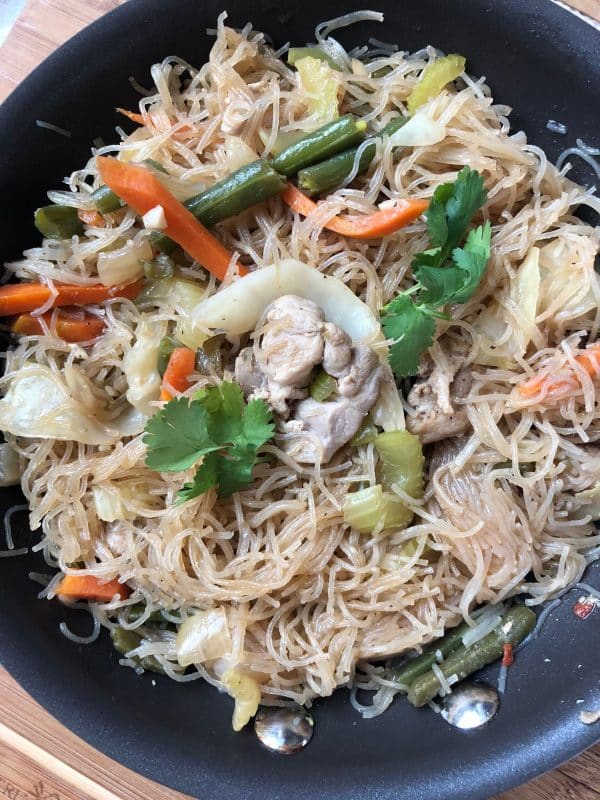
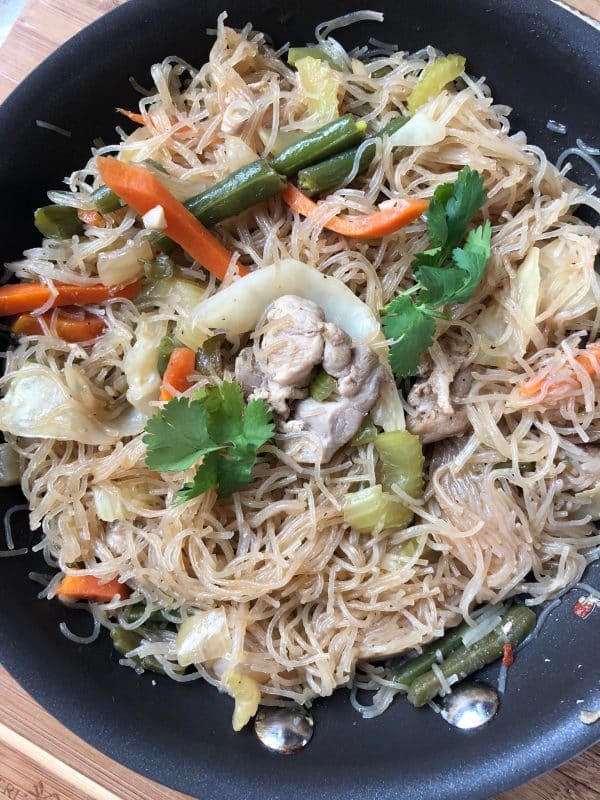
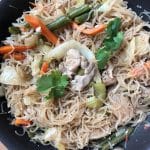
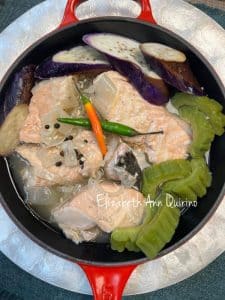
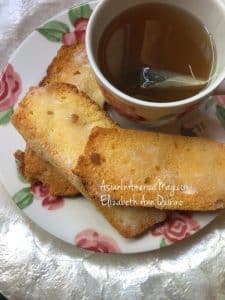
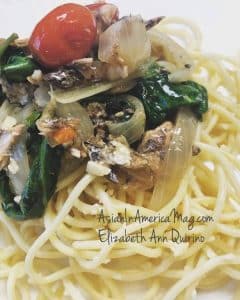
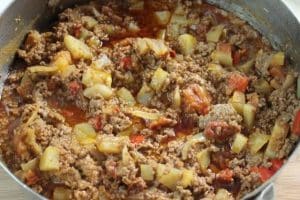
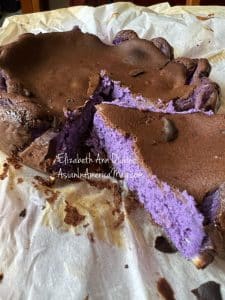
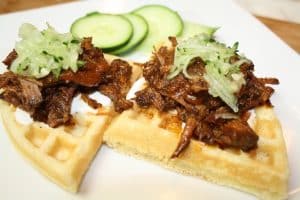
2 Comments